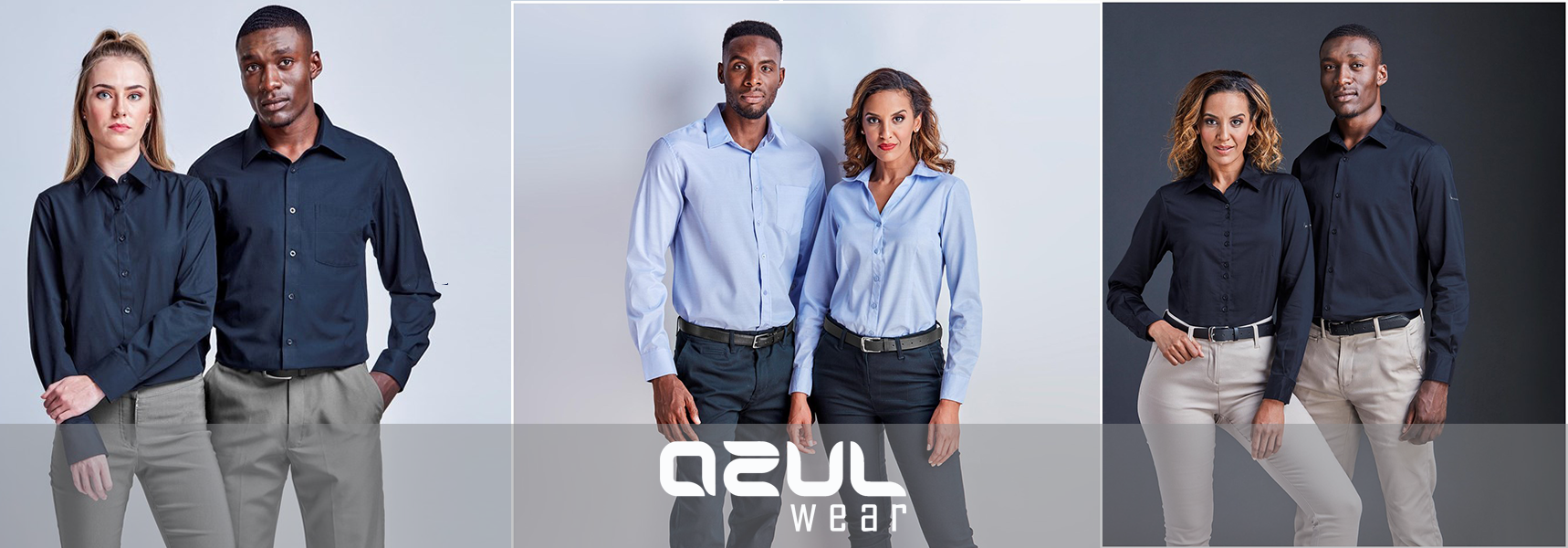Comprehending Clothing: The Significance of Fabric Choices in Your Closet
The option of fabric in garments plays a critical duty in both visual appeals and capability. Various products provide varying degrees of convenience, resilience, and breathability, directly influencing the wearer's experience. Recognizing these nuances can enhance one's wardrobe considerably. Yet, several overlook how these options can influence not simply personal design, yet also sustainability. What material decisions could redefine your wardrobe and align it with both style and duty?
The Duty of Material in vogue and Capability

Typical Textile Kinds and Their Qualities
When choosing clothing, understanding the qualities of usual textile kinds is necessary for making informed choices. Cotton, a widely-used all-natural fiber, is recognized for its convenience, soft qualities, and breathability, making it ideal for informal wear and everyday garments. Linen, one more natural option, flaunts excellent moisture-wicking residential properties and an unique texture, perfect for cozy climates.Wool, usually favored for its warmth and durability, varies in fineness; merino wool is soft versus the skin, while coarser types are made use of for outerwear. Synthetic fabrics like polyester and nylon offer toughness and resistance to wrinkles, making them preferred for activewear and traveling garments. Blends, which integrate natural and artificial fibers, can improve functionality while maintaining comfort. By identifying these fabric qualities, people can select apparel that straightens with their way of living and visual preferences.
Breathability and Convenience: Selecting the Right Fabrics for Different Environments
Choosing the best materials for various climates can substantially enhance convenience and overall wearability. Breathable materials are vital in warm environments, as they permit air circulation and dampness dissipation. Fabrics such as cotton, linen, and moisture-wicking synthetics efficiently draw sweat far from the body, maintaining the wearer cool and dry. On the other hand, in cooler climates, thicker fabrics like woollen or fleece supply insulation while keeping breathability, making sure heat without overheating.Additionally, the choice of textile weight plays an important duty; lightweight materials are more suitable for summer season, whereas larger options are suited for winter months wear. Understanding the unique residential properties of each material makes it possible for people to clothe properly for varying weather condition problems. Ultimately, selecting breathable and comfortable materials tailored to details environments can considerably enhance everyday convenience and improve the total experience of using apparel.
Longevity and Care: Exactly How Fabric Impacts Long Life of Your Closet
Selecting the ideal materials can greatly impact the toughness and care requirements of a closet. Fabrics such as cotton and polyester are known for their strength and simplicity of upkeep, making them suitable for everyday wear. On the other hand, delicate products like silk and lace require more cautious handling and specialized cleaning approaches, which can increase the time and initiative required for care. Branded Clothing.Durability is likewise influenced by the material's weave and finish; snugly woven fabrics tend to stand up to wear and tear better than freely woven choices. In addition, artificial blends usually supply boosted durability, integrating the finest top qualities of several fibers.Understanding the care instructions for each material is vital, as improper drying or washing can result in premature wear. Ultimately, picking long lasting materials can lead to a longer-lasting closet, minimizing the regularity of replacements and adding to a more sustainable style selection
The Effect of Textile on Fit and Shape

Sustainable Textile Options: Making Eco-Friendly Choices
The influence of textile extends beyond fit and shape to incorporate ecological variables, motivating a growing interest in lasting textile selections. Environment-friendly fabrics, such as natural cotton, hemp, and Tencel, are gaining traction among customers that focus on sustainability in their closets. These products are usually created with less chemicals and water, lowering their eco-friendly footprint.Additionally, recycled materials, made from post-consumer waste, supply an innovative solution to the fabric industry's air pollution issue. Brands progressively embrace openness in their sourcing approaches, permitting consumers to make informed choices regarding their purchases.Choosing lasting textiles not just sustains honest methods but likewise encourages the apparel industry to adopt more liable production approaches. As understanding of environmental issues climbs, individuals are advised to review the lasting influence of their material choices, cultivating an activity in the direction of a more eco conscious and sustainable method to fashion.
Boosting Style: Just How Material Can Change an Attire
While many might concentrate on shade and cut when selecting an outfit, the choice of material plays a necessary duty in elevating design and enhancing overall appearance. Different materials share distinctive moods and messages; for example, silk exhibits deluxe and refinement, while jeans supplies an informal, loosened up vibe. The texture and drape of a fabric can drastically modify the shape, with organized fabrics supplying a refined look and softer ones developing a more fluid, unwinded aesthetic.Moreover, the weight of the material influences wearability throughout periods. Light-weight materials over at this website like bed linen and cotton are suitable for summer season, while larger products such as woollen and velour provide heat and elegance in colder months. Understanding material residential properties, such as breathability and stretch, additionally encourages people to make educated choices that enhance convenience without endangering style. Eventually, the best fabric can change a clothing from normal to phenomenal, making it an important factor to consider in any closet.
Often Asked Concerns
Exactly how Do I Determine the Textile Content of My Clothes?
To recognize textile content, one can analyze treatment tags, conduct burn examinations for fiber recognition, or consult fabric examples. These techniques aid separate materials, guaranteeing notified selections for garments treatment and maintenance in day-to-day wear.
Can Textile Selection Affect My Mood or Self-confidence?
Material option can substantially impact a person's mood and confidence. Branded Clothing. Certain materials may evoke sensations of convenience or style, while others can really feel uncomplimentary or restrictive, eventually influencing self-perception and emotional wellness throughout the day
What Fabrics Are Finest for Sensitive Skin?
For individuals with sensitive skin, all-natural materials like bed linen, cotton, and bamboo are frequently suggested. These products are breathable, hypoallergenic, and much less most likely to cause inflammation, making them appropriate selections for convenience and skin health.
Just how Do I Properly Laundry and Take Care Of Various Fabrics?
To correctly clean and care for different fabrics, one should think about each material's specific needs, including temperature setups, detergents, and drying techniques, making certain longevity and preserving the material's initial high qualities for optimal usage.
Are There Details Fabrics for Athletic or Efficiency Put On?
Sports or performance wear frequently makes use of materials such as polyester, nylon, and spandex. These materials are developed for moisture-wicking, breathability, and adaptability, boosting activity and convenience throughout physical tasks while giving resilience and support. Alternatively, in chillier environments, thicker textiles like woollen or fleece offer insulation while retaining breathability, making certain warmth without overheating.Additionally, the selection of material weight plays an important function; lightweight fabrics are better for summer, whereas much heavier choices are fit for winter wear. In contrast, fragile materials useful reference like silk and lace need more cautious handling and specialized cleaning techniques, which can raise the time and effort needed for care.Durability is additionally influenced by the fabric's weave and finish; snugly woven materials often tend to stand up to wear and tear much better than freely woven choices. In contrast, inflexible textiles can limit activity however supply a classic, refined look.Moreover, the thickness and structure of the fabric can influence the visual assumption of body shape. The impact of fabric prolongs past fit and shape blog to encompass ecological factors, prompting a growing interest in lasting material choices. The structure and drape of a fabric can considerably change the silhouette, with structured materials giving a polished appearance and softer ones creating a much more fluid, unwinded aesthetic.Moreover, the weight of the textile influences wearability throughout periods.